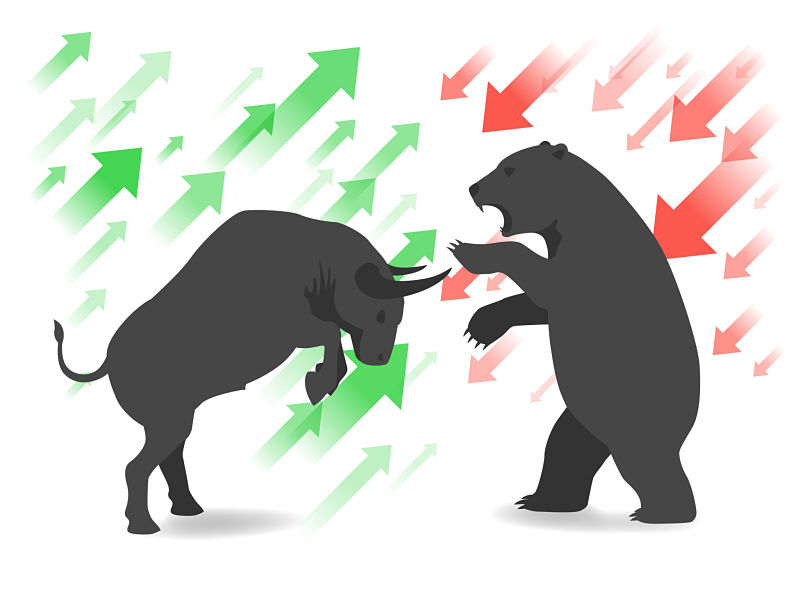
Poor market conditions last year along with panicked investor reaction caused U.S. investors to lag the S&P 500—a situation that highlights the importance of having an investment strategy that instils investor confidence despite market conditions. Clients dedicated to better returns this year might feel more confident with a comprehensive plan—one that employs both active and passive strategies.
Proponents of passive investing can back up their position with historical returns. For example, more than 93% of Canadian equity funds underperformed the S&P/TSX Composite last year, and almost 90% underperformed the index over five years, says S&P Dow Jones Indices.
While a poor showing for active management is perhaps understandable during a strong bull market, says Richardson GMP in a market insights report, 2018 was a down year, so active should have fared better.
In other years with down markets, such as 2000-2002 and 2008, active management also failed to outperform passive. As such, “There is more at play here than just active [versus] passive,” the firm says. Specifically, it suggests a closer look at manager strategy.
After comparing strategies for large cap U.S. equity funds, the firm finds that value managers tend to do significantly better in down markets compared to growth managers, with about 65% beating the benchmark relative to about 18% of growth managers. For investors who expect a bear market this year, those stats offer a good reason to focus more on value investing over growth.
The firm also notes that this late in the cycle, the S&P 500 is more heavily weighted to momentum/growth names relative to value. With the S&P 500 having appreciated 365% from its 2009 lows, it’s currently “more momentum-tilted than most years past,” the firm says.
In such a market environment, market cap weighted indices and passive ETFs should do better, especially when the names have a relatively large index weighting.
However, the caveat is that investors often “get crushed” when the market turns, it says.
Thus, to achieve the best outcomes, investors can consider both active and passive strategies. “Combining a passive ETF that is more tilted toward momentum and an active value manager for diversification continues to be the best of both worlds,” the report says.
For full details, read the Richardson GMP report.